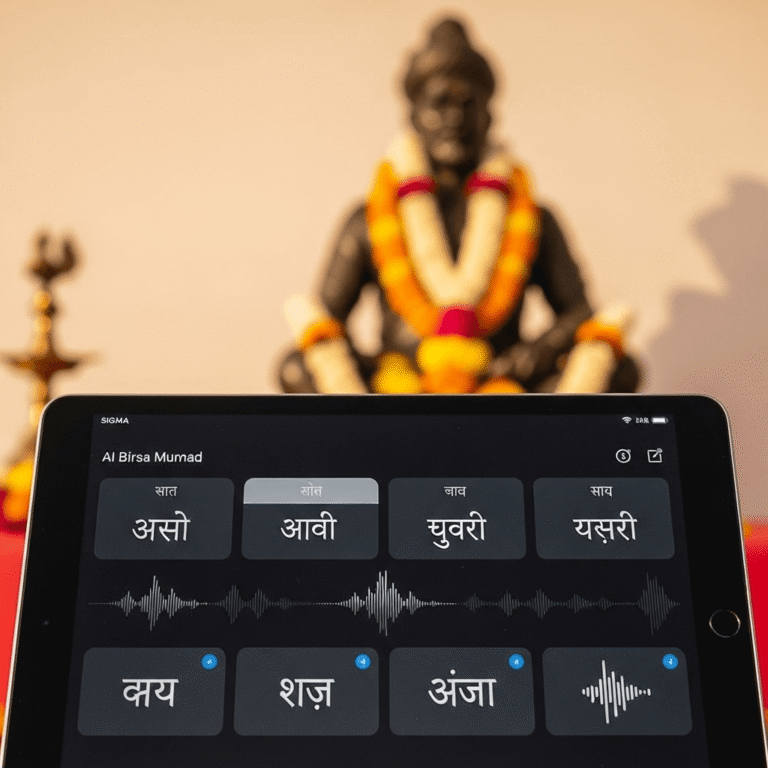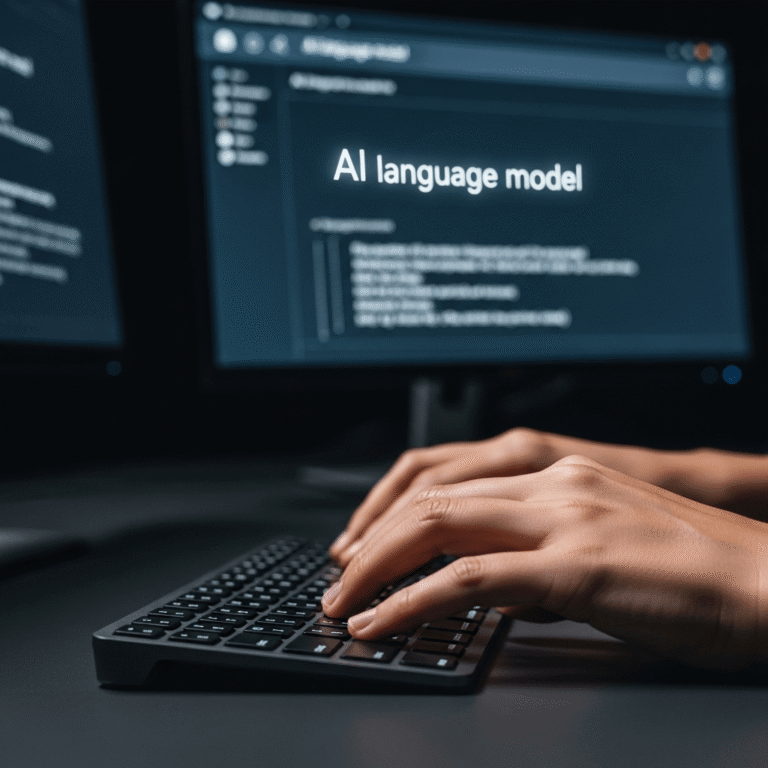AI Revolutionizes Supernova Discovery in Astronomy
The cosmos holds countless secrets, and among the most spectacular are supernovae – the explosive deaths of massive stars. However, detecting these fleeting events in the vast, “noisy” backdrop of our universe presents a significant challenge for astronomers. Fortunately, a groundbreaking new AI tool helps astronomers find supernovae, fundamentally changing how scientists uncover these cosmic explosions amidst a sky full of other celestial objects and observational clutter. This innovative approach promises to revolutionize supernova discovery.
The Overwhelming Challenge of Cosmic Discovery
For centuries, humanity has gazed at the stars, constantly seeking to understand the universe’s grand narrative. Yet, discovering supernovae, which are incredibly rare and brief, has always been like finding a needle in a cosmic haystack. Astronomers typically scan vast areas of the sky, collecting immense amounts of data from powerful telescopes. However, this data isn’t clean; it’s filled with “noise.” Astronomical noise includes everything from variable stars that brighten and dim regularly, to asteroids, cosmic rays, and even satellite trails. Distinguishing a genuine supernova signal from these numerous imposters requires immense effort.
Traditionally, human researchers painstakingly reviewed images, comparing new observations against older ones to spot changes. This manual process is not only time-consuming and labor-intensive but also prone to human error and simply cannot keep pace with the massive data streams generated by modern telescopes. Consequently, many potential supernovae might have gone undetected, limiting our understanding of stellar evolution and the universe’s expansion. Scientists desperately needed a more efficient and accurate method to sift through this deluge of information and zero in on the true explosions.
AI to the Rescue: Revolutionizing Supernova Detection
Today, advanced machine learning algorithms are providing the crucial solution. An innovative AI tool for astronomy now actively processes astronomical data with unprecedented speed and accuracy. Specifically, these algorithms excel at pattern recognition. They learn from vast datasets containing previously identified supernovae and other transient events. By analyzing thousands of images, the AI quickly learns the unique “fingerprints” of a supernova – how its brightness changes, its location in a galaxy, and how it differs from typical variable stars or other anomalies.
When new telescope data arrives, the AI supernovae detection system immediately compares current observations with past records, flagging any significant changes. Furthermore, it intelligently filters out known sources of noise, such as pulsating stars or asteroids, which would otherwise trick human observers. This means astronomers can now achieve real-time supernova identification, dramatically reducing the time it takes to confirm a discovery. This incredible efficiency allows research teams to follow up on these critical events much faster, capturing vital early-stage data that provides deeper insights into these powerful cosmic phenomena. Ultimately, this collaboration between human expertise and artificial intelligence is significantly accelerating our understanding of the universe.
In conclusion, the integration of advanced AI tools for astronomy marks a pivotal moment in our quest to understand the cosmos. By automating the arduous task of sifting through overwhelming astronomical data, AI empowers astronomers to overcome the “sky full of noise” challenge and discover supernovae with unprecedented efficiency. This technological leap not only promises more discoveries but also deepens our insights into stellar lifecycles and the universe’s grand evolution. The future of astronomy is undoubtedly brighter with AI leading the charge.
Get More info from: https://phys.org/news/2025-09-ai-tool-astronomers-supernovae-sky.html







